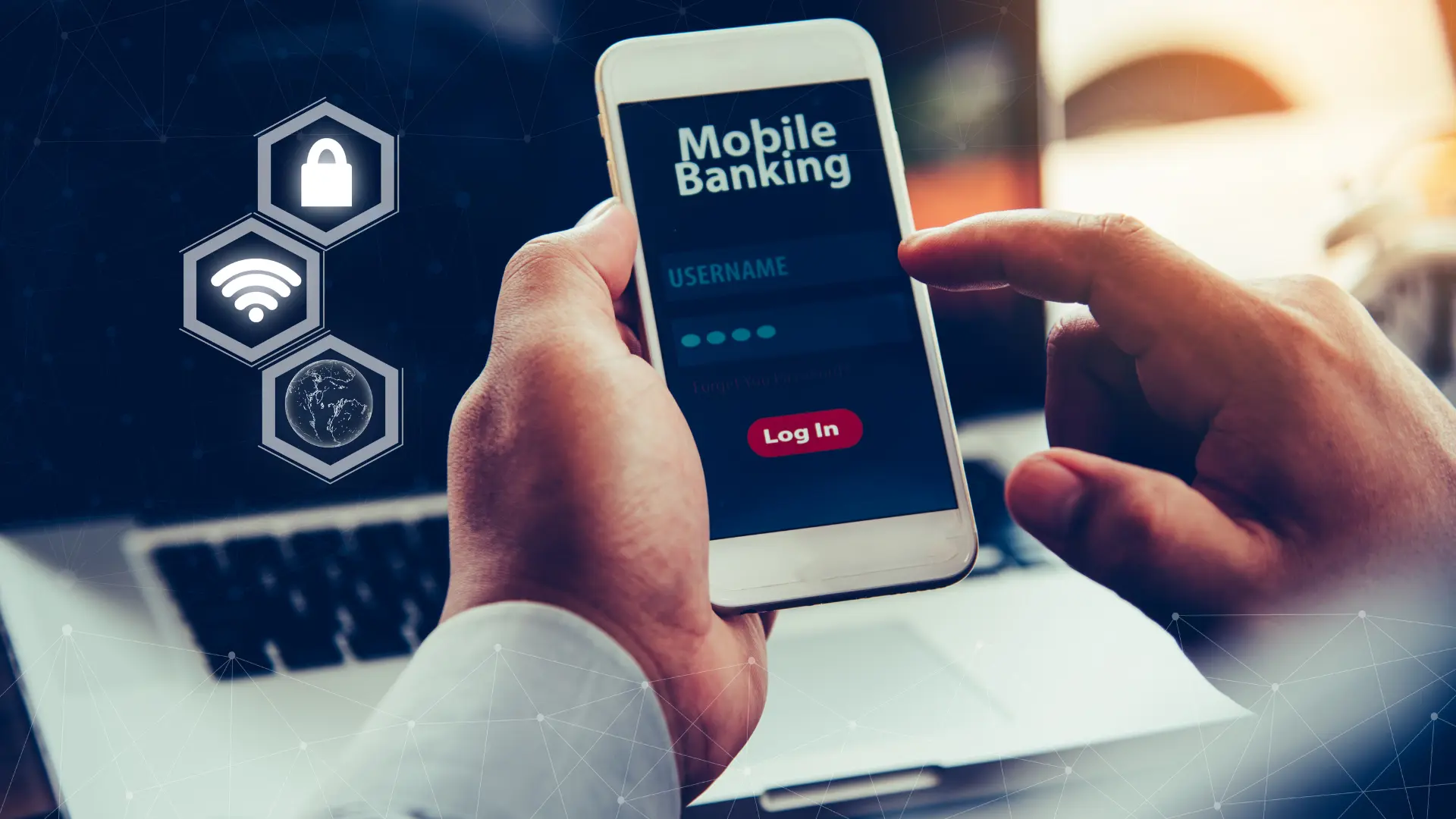Tips to Avoid Security Threats While Banking on Mobile Device
With the invention of Internet banking where you can perform simple transactions with your phone, there has also been an increase in cybercrime where some hackers threaten you during this process.

This negative development needs to be tackled, and that is why there is a discourse like this and it is capable of providing you with the needed security tips.
Thus, this fight isn’t yours alone as I have put in place simple measures to secure your account from these multiple hackers.
Online Security Threats
Here are the common online security threats associated with mobile devices:
1. ClickJacking
These attacks use maliciously created pages where the true function of a button is concealed beneath an opaque layer showing something entirely different.
Typical to Facebook users, often sharing or “liking” the content in question sends the attack out to contacts through news feeds and status updates, propagating the scam.
2. Phishing
The act of sending an e-mail to a user falsely claiming to be an established legitimate enterprise in an attempt to scam the user into surrendering private information that will be used for identity theft.
The e-mail directs the user to visit a Web site where they are asked to update personal information, such as passwords and credit card, social security, and bank account numbers, that the legitimate organization already has. The Website, however, is bogus and set up only to steal the user’s information.
3. Spear Phishing
This is more likely to occur via regular e-mail, but you may also be hit by a spear through a Facebook or Twitter message.
Spear phishing works through an e-mail or message that seems quite personal, it may appear to be from a person or company with whom you normally communicate; however, it will lead you to a poisoned site.
It is similar to “phishing” scams but rather than just getting a message from your e-mail provider saying your inbox is full or you have to verify your identity and so on it takes it a step further by adding personalized information to lull your suspicions.
4. Pharming
In this latest version of online ID theft, a virus or malicious program is secretly planted in your computer and hijacks your web browser.
When you type in the address of a legitimate website, you’re taken to a fake copy of the site without realizing it.
Any personal information you provide at the phony site, such as your password or account number, can be stolen and fraudulently used.
Ways to Avoid These New Threats
These are the best ways to avoid the mobile threats that are causing havoc in our mobile banking lives:
1. Look at who is sending the email. If it seems odd, delete it.
2. Keep your browsers up to date; all browsers are doing a better job screening out dangerous stuff.
3. Do not click on links that ask for your personal information. If it’s from a company or bank call the company or bank directly to ask about the issue stated in the email.
4. Do not click on links if you do not know who the sender is. Make sure the email address is an exact match to your contact if you do know the sender.
5. Make sure you know who you are accepting as a friend on social networking sites.
6. Be cautious when typing in web addresses to ensure you are directed to the site intended.
Mobile banking has come to stay and with the use of mobile devices like Andriod and Apple phones, users are prone to several mobile threats like hacking, spamming, etc., but with the right security measures, one can overcome the threats easily.
What’s your take on this? We believe this article was helpful, if yes, don’t hesitate to share this information with your friends on Facebook, Twitter, and WhatsApp.

good